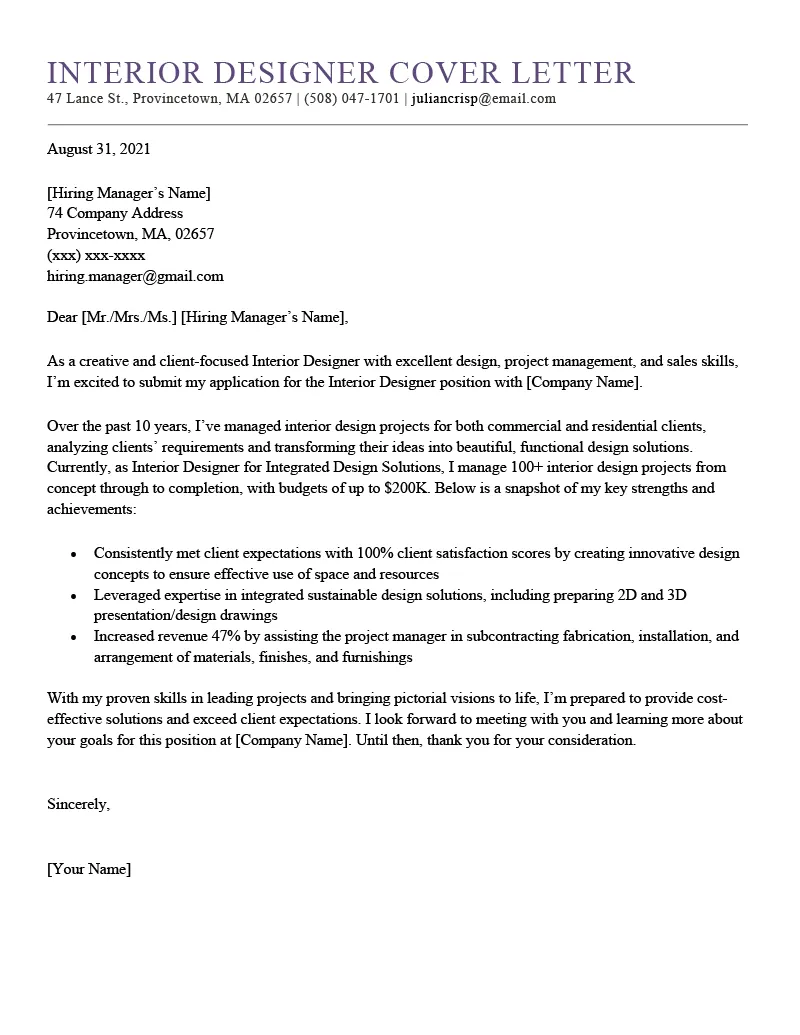What is a Designer Cover Letter
A designer cover letter is a crucial document that accompanies your resume when applying for design-related positions. It serves as your personal introduction to a potential employer, providing a glimpse into your personality, skills, and passion for design. Unlike a resume, which is a factual summary of your experience, a cover letter allows you to narrate your story, explaining why you’re the perfect fit for the specific role and company. It’s an opportunity to make a strong first impression, demonstrating your communication skills and enthusiasm. Think of it as your chance to make a memorable pitch, highlighting your unique value proposition as a designer and setting you apart from other applicants.
Why a Cover Letter Matters for Designers
In the competitive world of design, a well-crafted cover letter can significantly increase your chances of landing an interview. It allows you to expand on the information presented in your resume, providing context and showcasing your personality. A cover letter allows you to connect your skills to the specific job requirements, demonstrating that you’ve researched the company and understand their needs. It’s also a way to highlight your creativity and design sensibilities, showcasing your ability to communicate visually and through the written word. A cover letter helps demonstrate your genuine interest in the role and company, which can make a huge difference in the hiring decision. In essence, it transforms your application from a collection of documents into a compelling narrative.
Key Components of a Designer Cover Letter
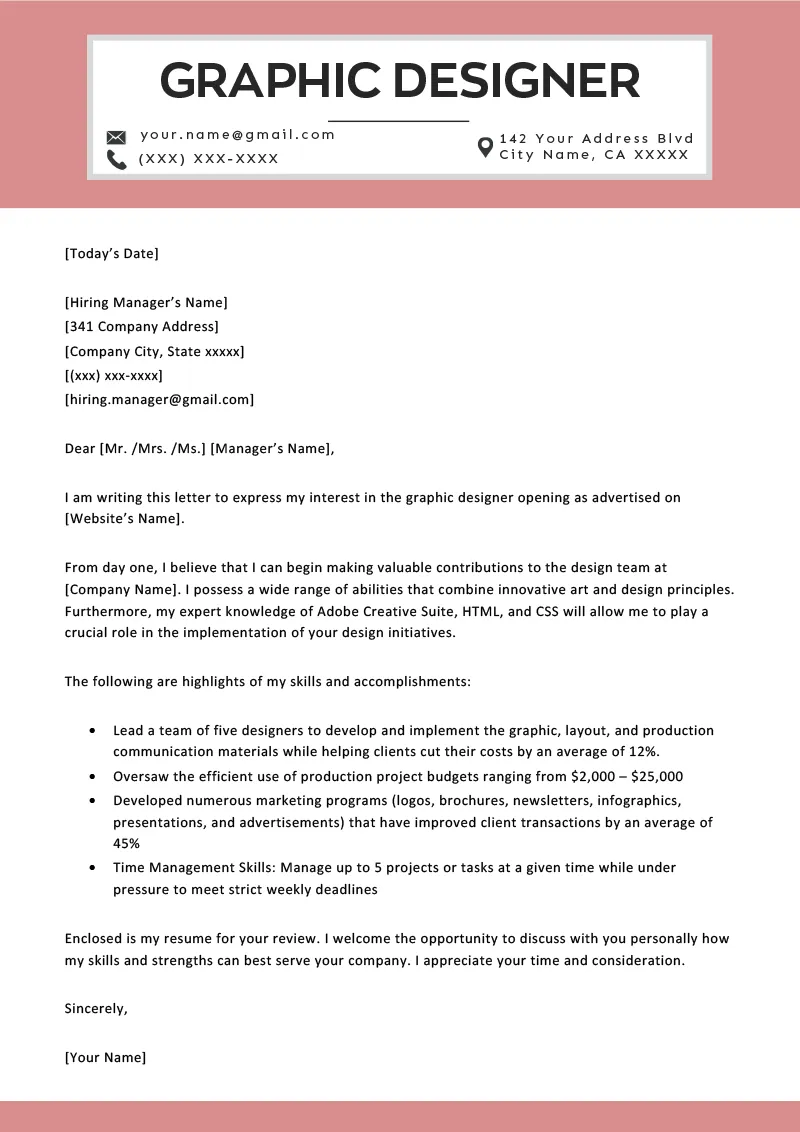
A compelling cover letter is made up of several key elements. These elements, when strategically incorporated, create a strong narrative that captures the reader’s attention. These parts work together to create a professional and engaging document, setting you apart from other applicants. Proper formatting and clear presentation also play a crucial role in how the reader perceives your message.
Header of Your Cover Letter
The header is the first impression you make, so it should be clean, professional, and accurately reflect your brand. It sets the stage for the rest of your letter, so ensure that it conveys professionalism. The layout needs to look professional. It should look similar to your resume, providing a cohesive branding experience. Include key contact information, which will make it easy for recruiters to contact you should they want to move forward with your application.
Your Contact Information
Start with your full name, professional title (e.g., Graphic Designer, UX/UI Designer), phone number, email address, and your portfolio or website URL. Make sure your email address sounds professional (avoid nicknames or unprofessional language). Your portfolio URL is a must as it allows the recruiter or hiring manager to quickly view your work and assess your design capabilities.
Date
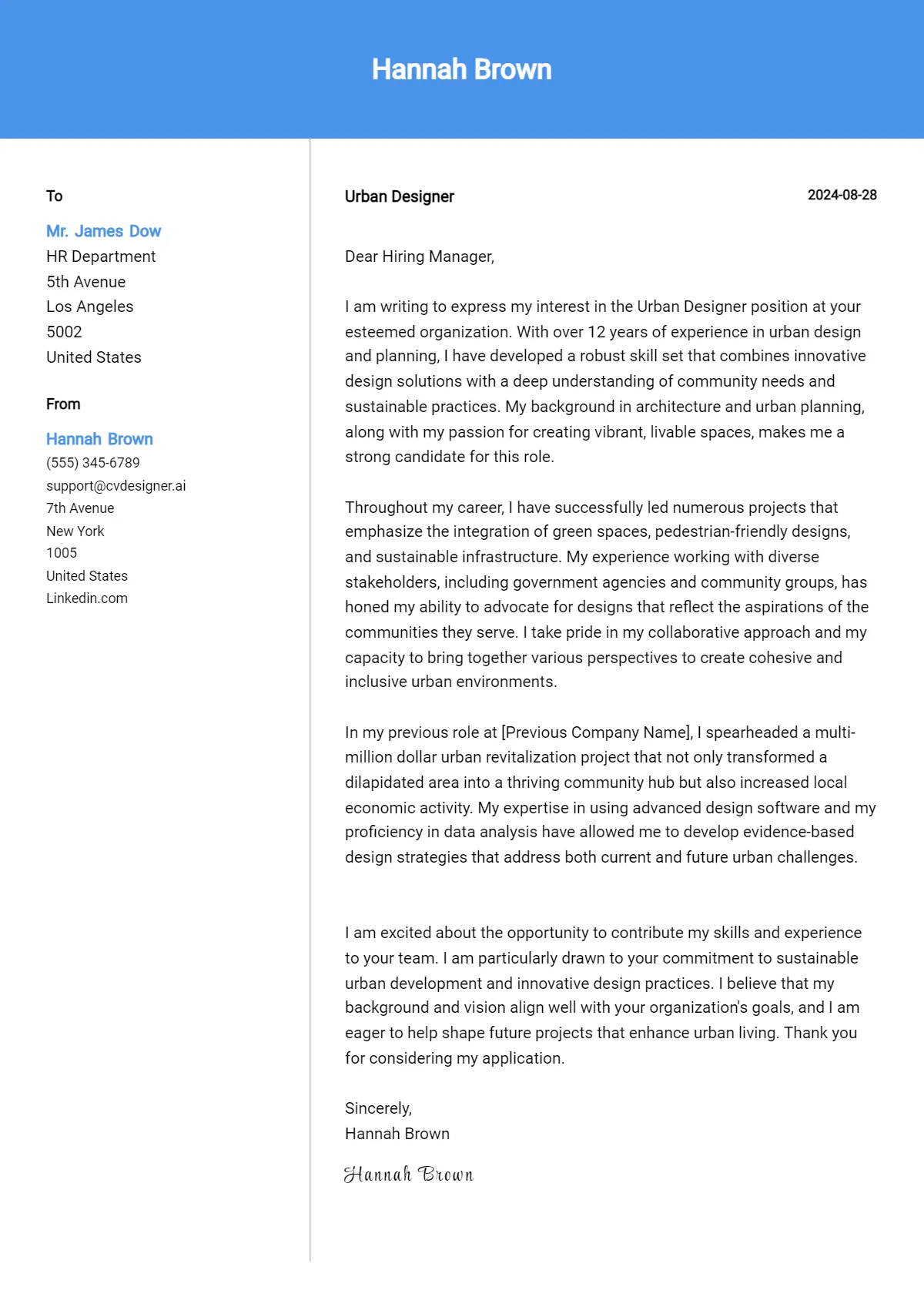
Include the current date, as it demonstrates that the cover letter is up-to-date and relevant. The date is usually placed below your contact information or the recipient’s information, depending on the format.
Recipient’s Contact Information
If you know the name of the hiring manager or the person responsible for reviewing applications, address the letter directly to them. Include their title, the company name, and the company’s address. This personalized approach shows that you’ve done your research and are genuinely interested in the role.
Greeting the Hiring Manager
Start with a professional greeting. If you know the hiring manager’s name, use “Dear Mr./Ms. [Last Name].” If you’re unsure, a safe alternative is “Dear Hiring Manager” or “Dear [Company Name] Hiring Team.” Avoid overly casual greetings; the greeting sets the tone for the entire letter, so choose wisely.
Crafting the Body of Your Cover Letter
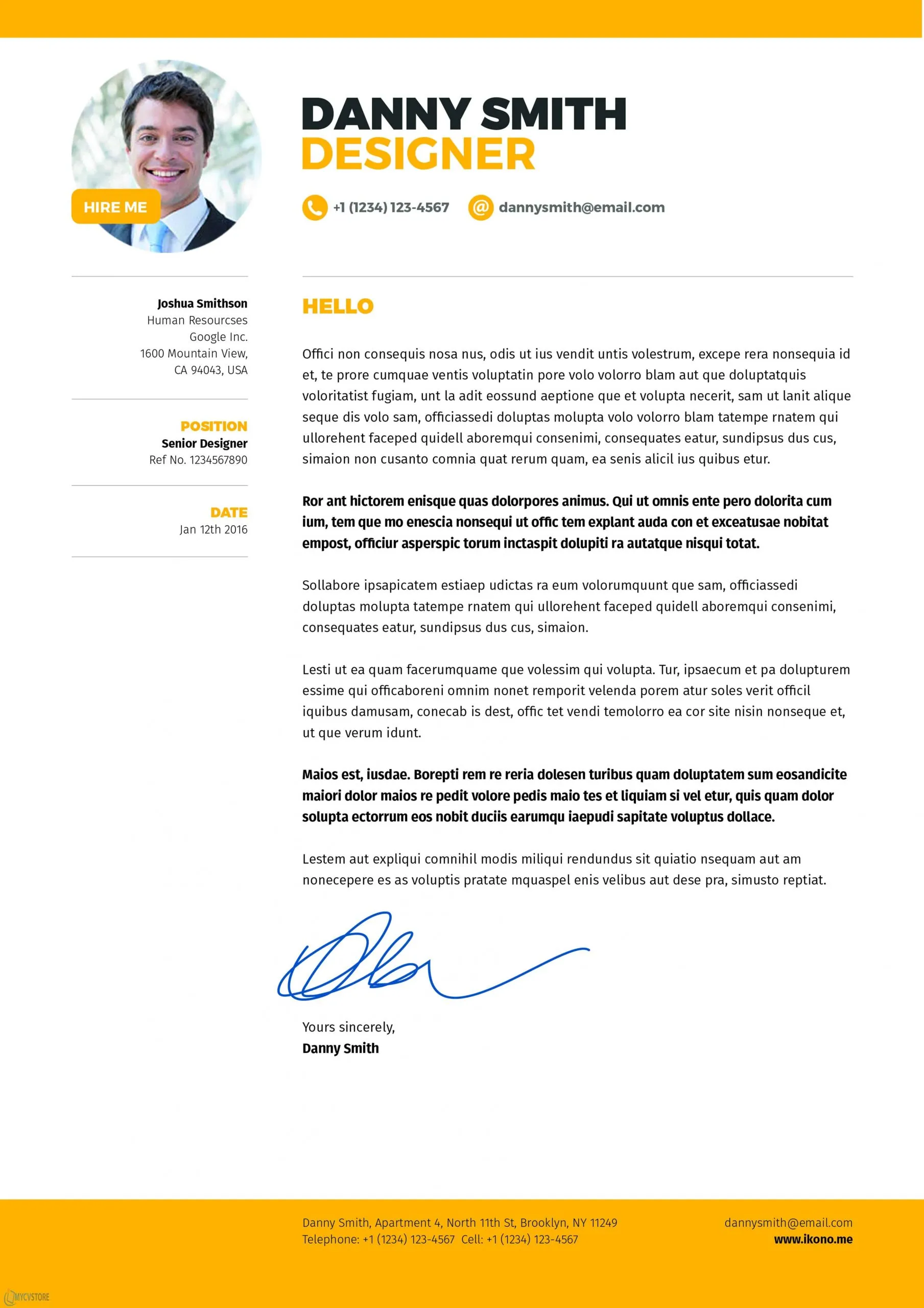
The body of your cover letter is where you showcase your skills, experience, and personality. It’s an opportunity to tell your story and demonstrate why you’re the perfect fit for the role. The best cover letters have a strong narrative, are personalized, and concise. Each paragraph should be focused and effectively communicate your qualifications and enthusiasm.
First Paragraph Grab Their Attention
Start with a strong opening statement. Avoid generic phrases. Instead, express your enthusiasm for the role and the company. Mention the specific position you’re applying for, how you learned about it, and make a compelling statement about why you’re excited about the opportunity. This opening paragraph is your chance to make a strong first impression, and it should immediately grab the reader’s attention.
Highlight Your Skills and Experience
In the following paragraphs, elaborate on your relevant skills and experience. Mention specific projects, accomplishments, and quantifiable results that demonstrate your abilities. Use action verbs to describe your contributions and provide examples of how your skills align with the job requirements. Tailor this section to the specific job description, ensuring you highlight the skills and experiences that are most relevant to the role. Quantify your achievements whenever possible to show the impact of your work.
Showcase Your Portfolio
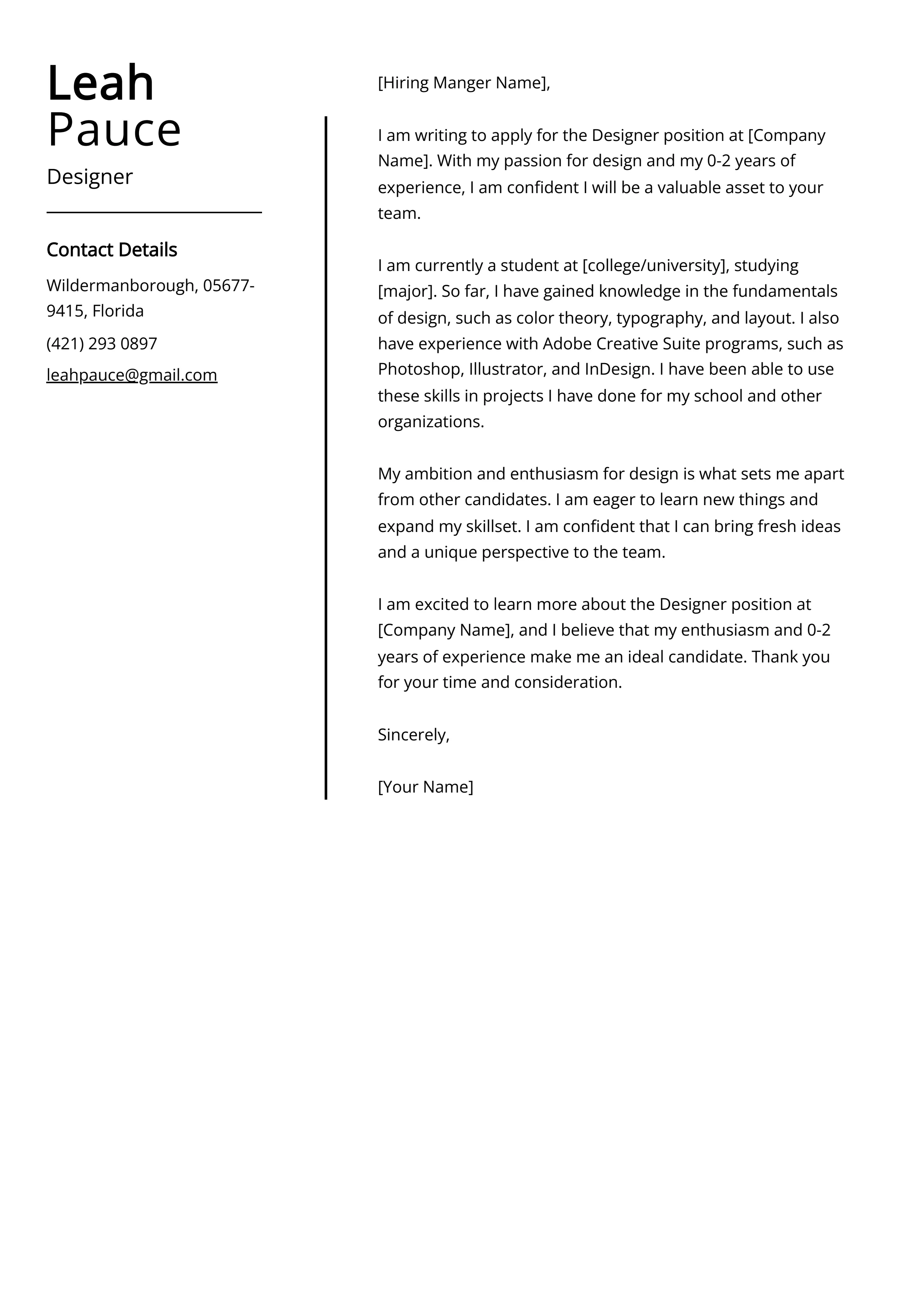
Designers must always showcase their work. Make sure you mention your portfolio or website prominently in the body of your cover letter. Provide a direct link, and briefly describe some of the most relevant projects in your portfolio, highlighting their successes and your contributions. Tailor the projects you highlight to the specific job and the company. This is your opportunity to give the hiring manager a preview of your work and show the value you bring to their team. Make it easy for them to view your work; always include a clear call to action.
Tailoring Your Letter
It is essential to tailor each cover letter to the specific job and company. Research the company, understand their values, and adapt your letter to reflect your interest and knowledge. Explain why you are interested in the company specifically. Mention their products, services, or design style that resonates with you. Show that you’ve put in the effort to understand the company culture and the role. Customization demonstrates your genuine interest and attention to detail, making your application stand out.
Closing Your Cover Letter
The closing of your cover letter should be professional, enthusiastic, and encourage further action. It’s your final opportunity to leave a positive impression and ensure that the hiring manager is compelled to take the next step. Careful consideration and a professional approach are essential to a strong ending.
Formal Closing
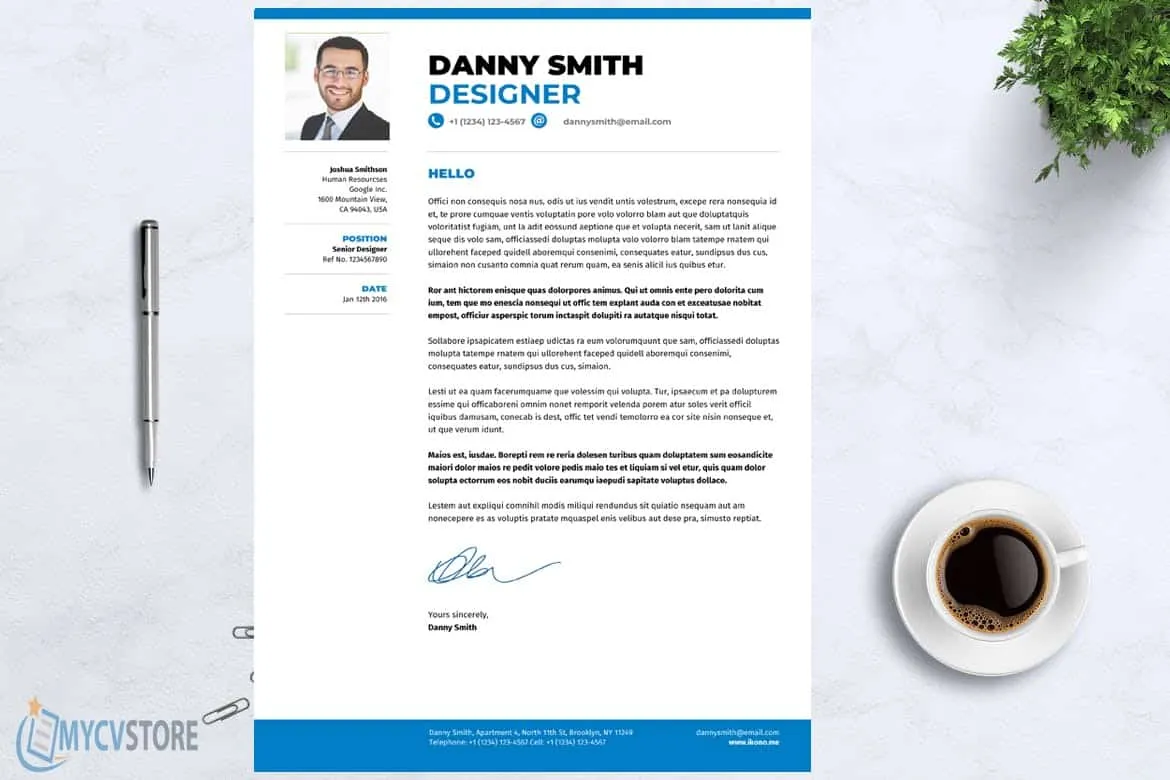
Close your cover letter with a professional and formal closing. Use phrases like “Sincerely,” “Best regards,” or “Thank you for your time and consideration.” These phrases convey respect and professionalism. Avoid informal closings such as “Cheers” or “Best.” The closing should match the tone of the rest of the letter.
Your Signature
After the closing, leave space for your handwritten signature if you’re submitting a physical letter. If submitting electronically, you can simply type your full name below the closing. Your signature adds a personal touch and reinforces your professionalism. Ensure your signature is clear and legible.
Proofreading and Editing
Thoroughly proofread and edit your cover letter before submitting it. Check for spelling and grammatical errors, ensuring that your writing is clear, concise, and error-free. Ask someone else to review your letter for a fresh perspective; a second set of eyes can often catch errors you may have missed. Proofreading is vital as it demonstrates attention to detail, a critical skill in design. Ensure consistency in formatting, font, and style throughout the document.
Common Mistakes to Avoid
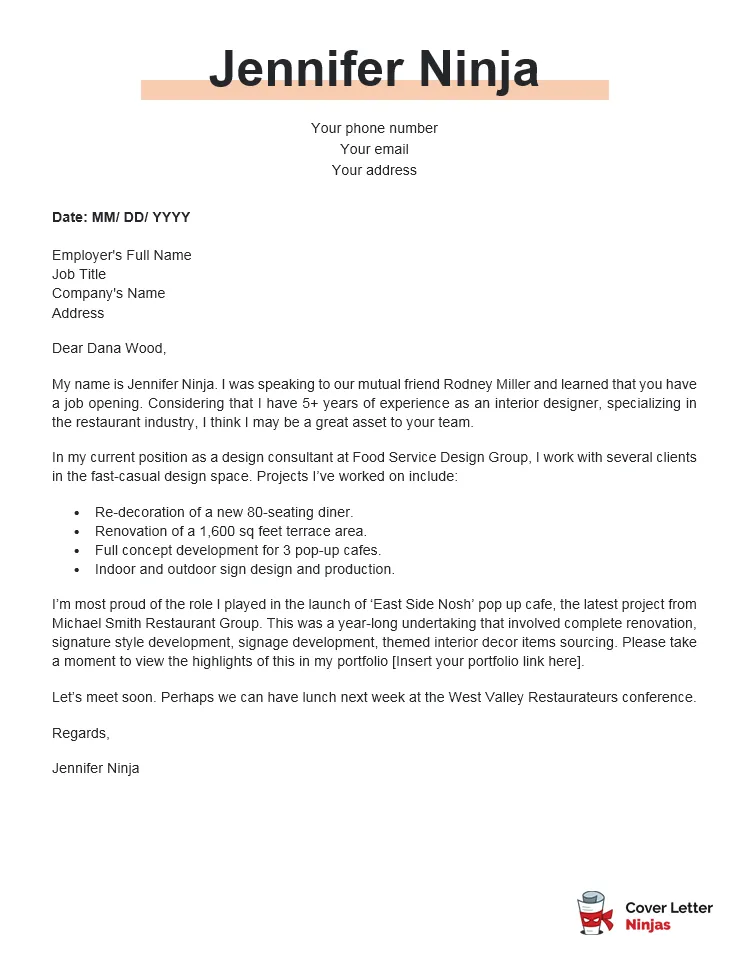
There are several common mistakes that can undermine your cover letter’s effectiveness. Avoid generic cover letters and tailor each letter to the specific role and company. Don’t simply repeat your resume; use the cover letter to expand and provide context. Avoid using jargon or overly complicated language. Keep your tone professional and enthusiastic. Make sure you proofread and edit the letter carefully; errors can create a negative impression. Neglecting to include a call to action can lead to a missed opportunity. A well-crafted cover letter, free of these common errors, will significantly improve your chances of securing an interview.
Cover Letter Samples Designer
Reviewing cover letter samples can provide valuable insights into structure, tone, and content. Many online resources offer templates and examples tailored to designers. Consider various examples, then adapt them to your situation, making sure to customize each letter for the job. Use the samples as inspiration, but create your own unique cover letter that reflects your skills and personality. A well-crafted cover letter is key to getting noticed.
